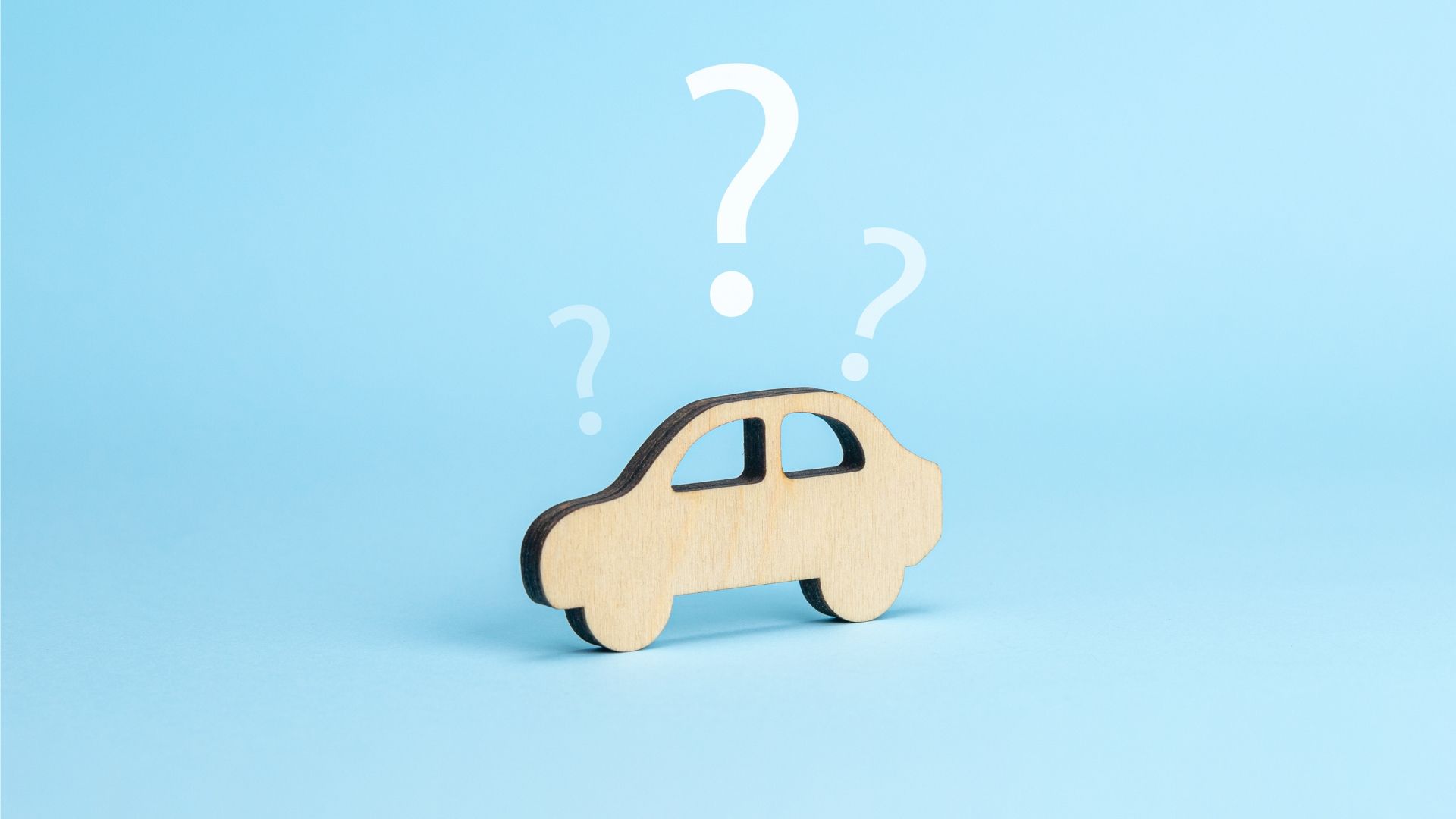First-time van drivers: don't forget these 7 special rules
If you're used to driving cars, you might not be aware of van driving regulations. Before you set off in your van, get to know these 7 special rules.

So you're thinking of hiring a van? Great! We're here to make the process as pleasant and affordable as possible.
But remember: vans aren't cars. Useful as they are, vans come with their own list of regulations and recommendations that might be unfamiliar to car drivers.
Never driven a van before? Here are seven special rules and tips that will help you stay safe and make the most of your wheels.
1. Got a licence for those goods?
You can legally drive a van with a standard (category B) UK driving licence so long as it doesn't exceed three-and-a-half tonnes, in which case you'll need a category C licence.
However, if you're looking to transport goods in your van for business, you will need a goods vehicle operator licence – and that's when things get a little more complicated.
The standard national goods vehicle operator licence allows you to transport your own goods – or goods on someone else's behalf – for rent or reward around the UK. There are exemptions for smaller vans, but this depends on their unladen weight (without passengers, fuel or goods) or their "plated weight". This means their maximum weight including passengers, fuel and goods carried on board.
2. Transporting goods in Europe
If you need to drive your van for business on the other side of the English Channel, you'll need to keep some extra rules in mind.
To transport goods for rent or reward through Europe, you'll need an international goods vehicle operator licence. Alternatively, you can upgrade your standard national goods vehicle operator licence to a standard international goods vehicle operator licence. This applies to vans with a maximum load of over two-and-a-half tonnes.
However, you can ignore this if your transport is confined to the UK or if the goods you're transporting aren't being sold or rented.
3. Speed limits
Your van's speed limit is actually lower than that of a car. For example, on a dual carriageway, the speed limit is 60 miles per hour, compared to the fixed 70 miles per hour limit for cars. Similarly, on a single carriageway vans are restricted to 50 miles per hour compared to 60 miles per hour for a car.
An easy way to remember this is that speed limits for vans are generally 10 miles per hour slower than for cars. There are exceptions, however, for smaller, car-derived vans. These often follow limits set for cars.
4. Loading your van
Every van has a "design gross weight", which is the maximum the van can weigh when loaded. It includes the van itself, the load in the storage bay, fuel and any passengers on board (including the driver).
A van's performance – and your safety – can be compromised by overloading the van or poorly distributing the weight of your load on one of the axles. Load guidance can be found on your van's vehicle identification number plate (VIN, often stamped on the chassis). This should list the maximum load for both the van and each of its axles.
When driving with a loaded van, bear in mind the impact your haulage will have on things like suspension, braking and acceleration. Keep your distance from other vehicles to compensate for these changes in performance.
5. The height of your van
You should make sure you know the height and width of your van before you set out on the road. Depending on the size of your van, you may have to plan your journey to avoid travelling under certain bridges.
Bear in mind that multi-storey car parks often have height restrictions – don't leave anything to chance!
6. The van walkaround check
Before you go on a journey, do you ever walk around your house to check that doors are locked and lights are turned off? It's a good habit to get into.
The van walkaround check has a similar purpose. The idea is to look for potential safety issues before you set off on the road.
You can find the official checklist issued by the Driver & Vehicle Standards Agency on the GOV.UK website. The list includes:
- Checking wheels for missing wheel-nuts
- Looking for gashes in the sidewall of the tyres
- Making sure tyres are adequately inflated
- Checking your exhaust isn't pumping out lots of smoke
- Checking all brakes are working properly
- Checking all of your lights are working correctly
Even if you think everything's in ship shape it's still worth double checking you've not missed anything.
7. Clean air zones
Before you think about driving your van into a large city, it's worth checking whether any clean air zones are being enforced.
So far London (ULEZ), Bath, Birmingham and Portsmouth all levy tolls on vehicles with higher emissions. And more cities are due to follow, including Newcastle, Sheffield and Manchester.
Most older vans and all diesel vans will be subject to the charge, but it's preferable to the fine you may incur if you're caught out. You can find out whether your vehicle meets the low emission standards on the GOV.UK website by entering your registration number.
Metro Vehicle Hire provides affordable van hire in Newcastle, Gateshead and the northeast. If you're thinking about renting, why not browse our fleet of vans while you're here, or talk to a member of our team who'll provide a full quotation based on your requirements?











